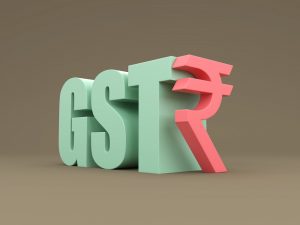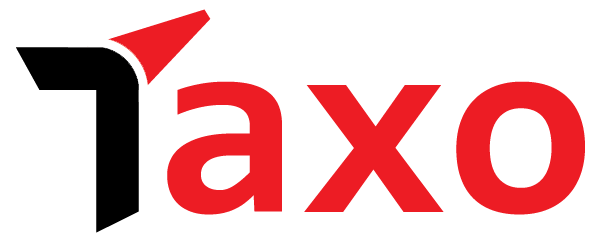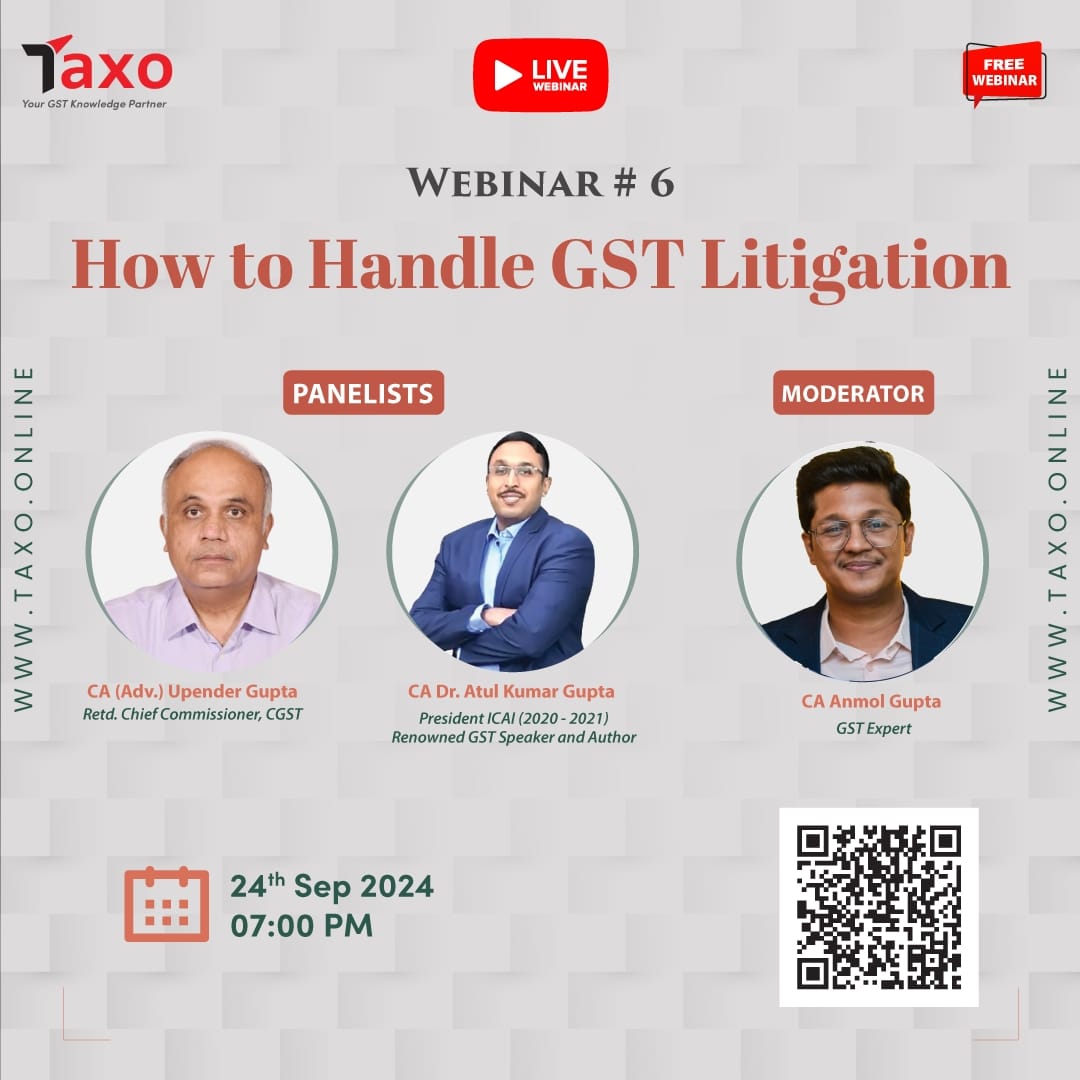 The Central government is considering to amend certain GST rules to bring consistency in the tax treatment of the two distinct business models of ride hailing companies, sources told Moneycontrol.
The Central government is considering to amend certain GST rules to bring consistency in the tax treatment of the two distinct business models of ride hailing companies, sources told Moneycontrol.
Ola, Uber and Rapido are among the ride-hailing companies which are expected to meet with senior Central Board of Indirect Taxes (CBIC) officials this week to gain clarity on the tax implications of their two distinct business models, the commission-based model and the Software as a Service (SaaS) model.
According to sources, the central government may consider to amend Section 9(5) of the Central Goods and Services Tax (CGST) Act, although it can’t be said for sure if the issue would be taken up in the upcoming GST Council meeting, which is likely to be held in July.
“The CBIC is privy of the matter, and an amendment is being considered in the CGST Act, but the nod from Council is required. There is no clarity for now whether the Council will discuss the issue in July,” an official told Moneycontrol.
The GST treatment for cab aggregators in India has come under scrutiny due to inconsistencies in how these two business models are taxed. The issue arises from ambiguities in the interpretation of Section 9(5) of the CGST Act, which governs how GST applies to services offered through e-commerce platforms, including passenger transport services.
To be sure, these two distinct business models operate within the app-based cab aggregator space.
Commission-based model:
The first is the commission-based model. Under this model, aggregators facilitate rides and charge a commission on each trip. GST is applied to the ride fare at either 5 percent (without input tax credit, or ITC) or 12 percent (with ITC). The aggregator collects this tax from the passenger and remits it to the government. This aligns with Section 9(5) of the CGST Act, which shifts the tax liability from individual service providers (drivers) to the platform operator.
SaaS model:
The second model is the SaaS approach. These platforms primarily provide software services to drivers, typically charging a daily or monthly subscription fee. GST at 18 percent is applicable only on the subscription fee paid by drivers, while no GST is levied on the passenger fare itself. Consequently, rides booked through SaaS platforms often turn out to be cheaper for consumers compared to those offered by commission-based aggregators.
The legal complexity arises from the interpretation of what constitutes a service provided “through” an e-commerce operator under Section 9(5). Commission-based platforms actively manage key aspects of service delivery, such as setting fares, overseeing rides, and handling customer service. This active involvement generally makes their liability under Section 9(5) straightforward.
Conversely, SaaS platforms argue that they merely license software to drivers and don’t control the transport services themselves. Therefore, they contend they shouldn’t fall under the scope of Section 9(5).
This divergence has led to conflicting advance rulings. For instance, the Karnataka Authority for Advance Rulings (AAR) ruled in favour of Namma Yatri and Myn, stating that these platforms do not fall within the ambit of Section 9(5) as they only provide software and do not control the transportation service.
In contrast, rulings against Uber, Rapido, and similar platforms have held them liable under Section 9(5) on account of their active involvement in ride operations.
Source: Money Control


